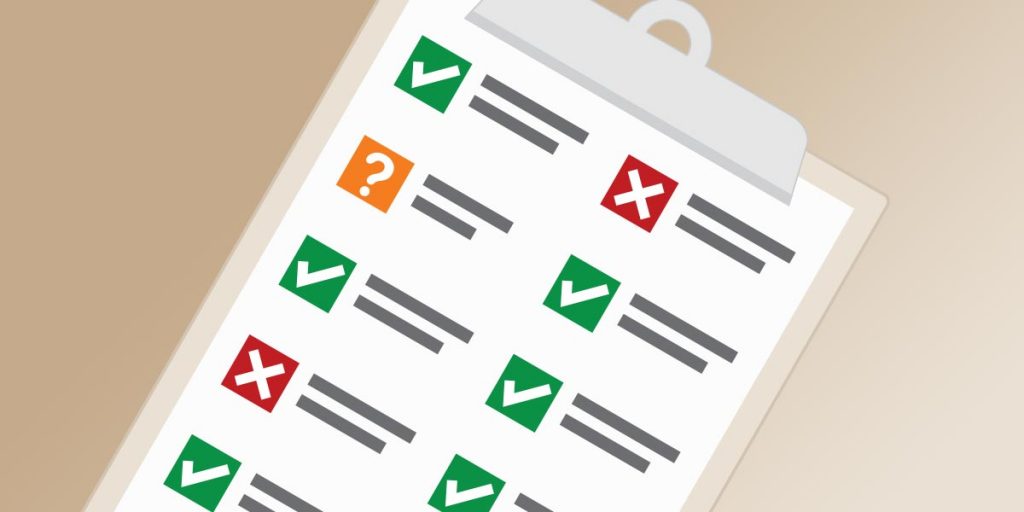Inclusive and Accessible Events Checklist V2
Inclusive and Accessible Events Checklist
Plan and Promote with Inclusion in Mind
RESEARCH
Choose an accessible virtual space/platform
- Screen reader accessible
- Keyboard Accessible
- Support for captioning (live or automated)
- Support for ASL – can an interpreter be pinned or put on spotlight
- Support for Chat, Q&A and Hand Raising Features
Determine the types of accommodations that can be offered:
- American Sign Language (ASL) Interpreter
- Communication Access Real-time Translation (CART)
- Audio description
USE
- Alt-text — a written description for any image that covers the who, what, when, where, and why
- Tags for headings, lists, and links
- Color contrast (4.5 to 1)
- Sans serif fonts, like Arial, Calibri, Futura, and Helvetica
- Plain language — text that can be understood by all readers from the first read
- Person-first language – Person with a disability. People with disabilities. Person who is blind. People who are deaf.
SHARE
- Provided accommodations (e.g., audio descriptions or ASL interpreter)
- Contact person and deadline for any additional accommodation requests
- Registration methods and offer more than one way (i.e., online and phone).
ONLINE EVENT DISABILITY ETIQUETTE
REHEARSE
- Do a tech test and familiarize yourself and know the keyboard shortcuts
USE (Presentation Materials)
- Alt-text — a written description for any image that covers the who, what, when, where, and why
Tags for headings, lists, and links - Color contrast (4.5 to 1)
- Sans serif fonts, like Arial, Calibri, Futura, and Helvetica
- Plain language — text that can be understood by all readers from the first read
- Person-first language – Person with a disability. People with disabilities. Person who is blind. People who are deaf.
START WITH ACCESS CHECK
- Ask about speed, volume, and video – “Am I speaking loud enough/too fast? Can I be seen?”
- Check in and ask if they need anything from you.
SHARE THE ACCOMMODATIONS AND HOW TO ACCESS THEM
- As an example, “For this webinar we have [accommodation] which you can access using [access method].”
- Review how to:
- Mute,
- Pin the interpreter,
- Turn on captioning,
- Ask questions,
- Use keyboard shortcuts.
ESTABLISH RULES (for participation and interaction)
- Only one speaker at a time because captioners/interpreters cannot caption/interpret for two people.
- Before speaking, state your name and affiliation because a person who is blind or on the phone can’t see the highlighted box of the speaker. You also can choose to describe yourself.\
READ slides and describe images and videos
Read slides and describe images and videos.
- Remember that not everyone can see the visual aids that you are using.
- If you are playing any video in your presentation, include captions for deaf/hard of hearing communities and an audio description for the blind/low vision communities.
RESOURCES
Accessibility Guides (prepared and compiled by the NYC Mayor’s Office for People with Disabilities)
● Accessible Virtual Meetings
● Social Media
● Slides and Presentations
.


